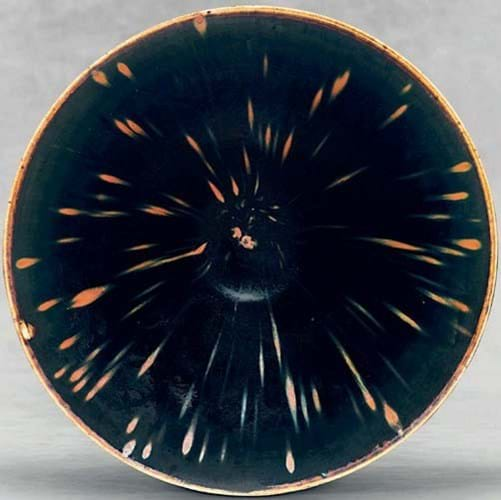
Why should we in the UK care what happens in the corridors of Capitol Hill and indeed, would such a move not provide a fillip to the UK market?
In fact, taxing Chinese art going into the US is more likely to impact the current vibrant trade in Asian works of art between the UK and the US than it will to sales in and to the Far East.
Just as US sanctions against Iran once led to a preposterous ban on the sale of antique Persian carpets to the US, so a tax on ‘goods of Chinese origin’ imported into the US will mean a tax on all Chinese works of art coming to those shores, regardless of port of origin.
This latter point is what makes President Trump’s tariff plan a UK and global art market issue: crucially, the tariff does not apply only to goods shipped from mainland China. Any item listed as ‘Country of Origin: China’ on a US customs form – even if being sent from Tokyo or London – will be subject to the tax.
Should Chinese works be included in the tariff, the first big test of its effect would be at TEFAF New York Fall in October. Exhibitors from overseas may think twice about bringing Chinese art and antiques through US customs.
Positive thinking
Thus far, however, the signs are positive that a change of policy-makers’ minds is possible.
Perhaps the protesters’ most persuasive argument against the tariff is that it would be counterproductive to President Trump’s goal to increase the competitiveness of US business.
Put simply, art and antiques are not newly manufactured goods or raw materials – and their trade involves movement across international borders according to quite a different model.
As our commentators detail on pages 1 and 4, the tariff will probably deter vendors from selling in the US while handing duty-free markets a bigger advantage in the Chinese art market.
Christie’s recent three-sale dispersal of the Japanese ‘Linyushanren’ collection has done much to correct the financial gulf that existed between Song ceramics and the pomp of the Qing. Would it ever have been sold in New York if Trump’s 25% tax was in place?
Free exchange
A tax on Chinese art imports would be a significant departure for the US.
New York dealer James Lally says any art tariff – the first in the US since the McCarthy era – is detrimental to “the free exchange of ideas that is core to a democratic country”.
Art market economist Clare McAndrew is also correct to point out that “the US has built its position as an international trade hub by having one of the freest systems of importing and exporting in the world”.
All these points will be made to the US International Trade Commission at public hearings in Washington, DC, and in written submissions in the next few weeks.
ATG has seen at least one art market submission and it is persuasive in making the case that art and antiques should be treated as a special case.
If the UK trade has come under scrutiny for its handling of the ivory ban then – with the input of parties from the UK and the US – a determined argument is being made as to why taxing antiques across borders rarely works.















